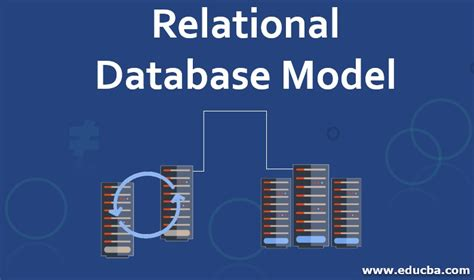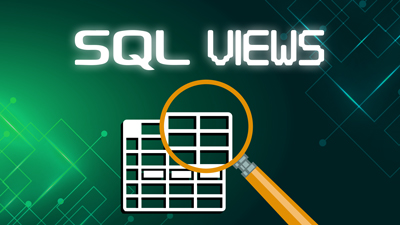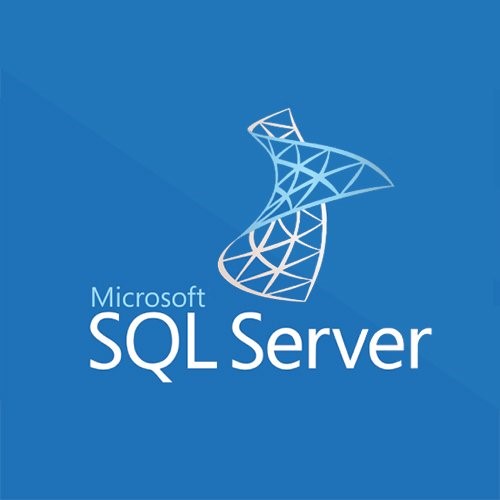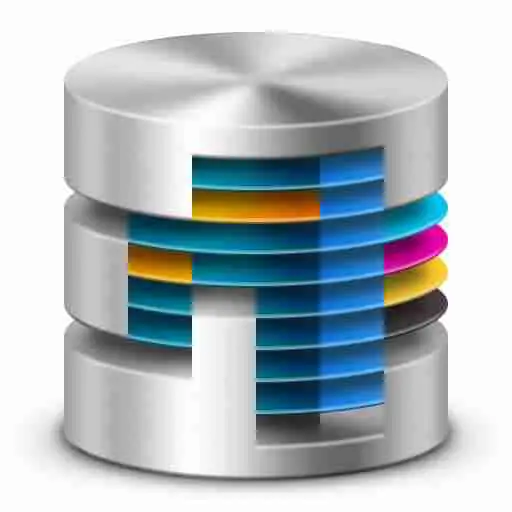The 9 steps listed below are placed in sequence to give you a better understanding of the T-SQL language from the ground up.
These articles are broken into three catagories:
(Category 1) Steps 1 - 3 involve setting up your database enviroment
(Category 2) Steps 4 - 6 give you the basis of database structures
(Category 3) Steps 7 - 9 are where you finally get to start creating some tables and views.
So many new DBA's get started in the middle and never really gain a full understanding
of the fundamentals. (I was one of them.)
Thus, I created this blog site to provide a place for a Junior DBA to learn from the
beginning in the correct order.
I know that steps 4 and 5 are going to be boring, but these two sections discuss parts of SQL that you really need to understand in order to
build functional databases and objects in SQL Server.
The key take-aways you should retain from step four is set theory and relational database levels.
You don't have to master this, but you do need some level of undstanding of these core concepts before you
can create, edit, maintain, and monitor databases in a professional manner.
Step 5 (SQL Server Data Types) is an absolute must know!
You don’t have to memorize every detail about every data type, but you need to understand what they are,
what type of data they hold, and how to use them correctly when building your database objects. Without a basic
understanding of data types, you will encounter a great deal of mistakes and false data.
Remember, a database with just one mistake is worthless. Data security and integrity are the two biggest factors and responsibilities of any DBA.
(Step 4)

Understanding RDBMS and
Set Theory
(Step 5)

SQL Server Data Types
(Step 6)
A quick look at Schemas
(Step 7)

Create Table
with SSMS GUI
(Step 8)

Create Table
with T-SQL
(Step 9)

Creating Views with T-SQL
Congratulations!
Now that you have completed the 9 articles listed above, You can return to the book "SQL Practice and Interview Questions" that directed
you to this website.
However, if you feel that you still need some additional training, you can click on the following link to learn more via my articles on MSSQLTips.
Click here to get started.
I hope you enjoy them.


